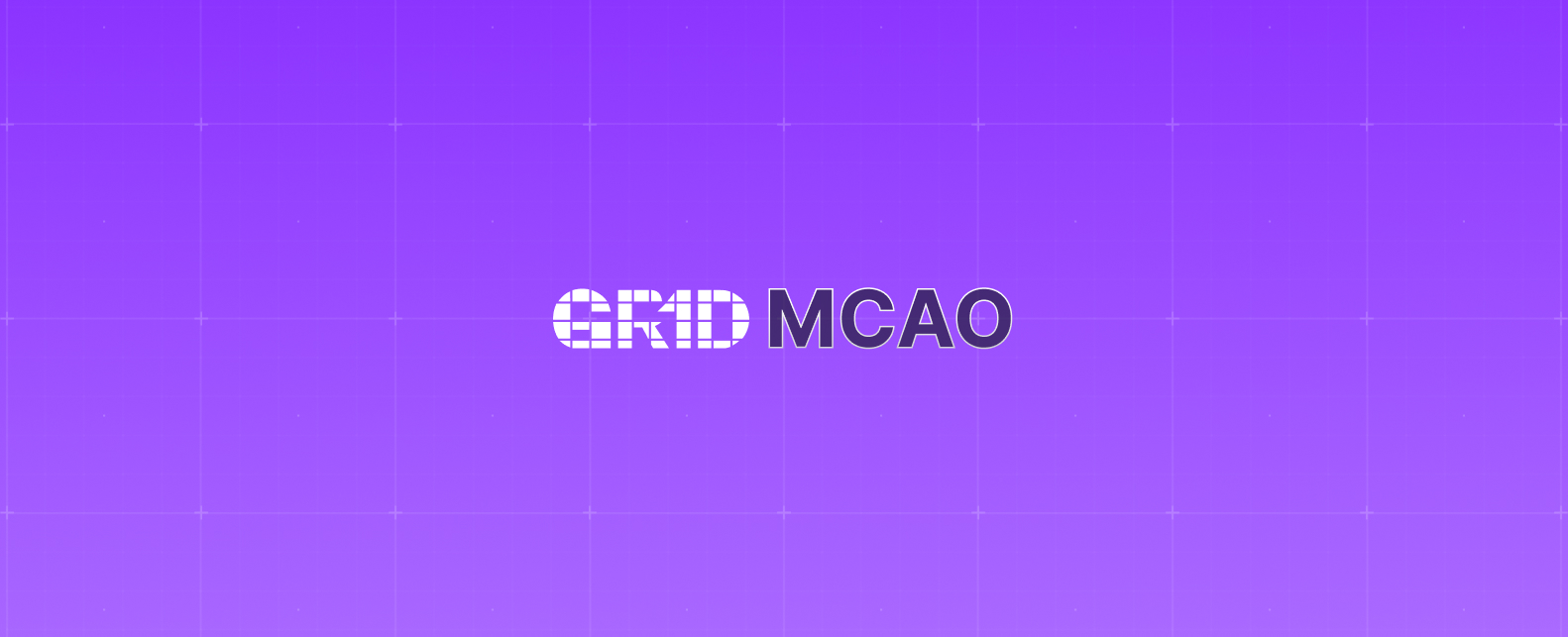GR1D MCAO Solutions
The beauty of this system is that it abstracts away the complexity of cross-chain operations. You don’t need to manually bridge tokens or write custom logic for every interaction across multiple chains—the Intent Layer handles it for you.
Below are some practical examples showing how you can use the intentLayer.processIntent() function to manage key operations like asset transfers, in-game purchases, and quest progress tracking.
1. Cross-Chain Asset Transfer
Moving assets across chains is a complex task—bridging, syncing, and verifying all need to happen seamlessly. Here’s how the Intent Layer simplifies it.
function transferAsset(assetId, sourceChain, targetChain, recipient) {
const intent = {
action: 'TRANSFER_ASSET',
assetId,
sourceChain,
targetChain,
recipient
};
intentLayer.processIntent(intent)
.then(result => {
console.log('Asset transferred successfully:', result);
})
.catch(error => {
console.error('Error transferring asset:', error);
});
}How it Works:
This function takes in the
assetId,sourceChain,targetChain, andrecipient.It creates an intent with all the relevant details, including the action
'TRANSFER_ASSET'.The
intentLayer.processIntent()function handles everything behind the scenes: bridging, cross-chain communication, and verification.The response is handled using a Promise, ensuring you can react to both success and error states.
Sample Success Response:
Sample Error Response:
2. In-Game Purchases and Microtransactions
Handling in-game purchases across multiple chains—while also managing currency conversions—can get tricky. Here’s how the Intent Layer takes care of that complexity.
How it Works:
You provide the
itemId,gameId,chainId, and the relevant currencies (userCurrencyanditemCurrency).The Intent Layer handles the token conversion and transaction across chains, ensuring everything completes smoothly.
If successful, you can update the player’s inventory or game state right after the transaction.
Sample Success Response:
Sample Error Response:
3. Cross-Chain Quests and Achievements
Syncing quest progress across multiple chains without losing data integrity can be a challenge. The Intent Layer keeps everything consistent, letting you focus on game logic.
How it Works:
This function takes the
questId,taskId, and the relevantchainIdwhere the task was performed.Once the intent is processed, the Intent Layer ensures that the game state is updated consistently across chains.
You can trigger quest completion logic or achievement unlocks once the intent is successfully processed.
Sample Success Response:
Sample Error Response:
These examples show how GR1D’s Intent Layer abstracts the complexities of cross-chain operations, giving you a clean, high-level API to interact with. Whether you’re handling asset transfers, in-game purchases, or cross-chain quests, the Intent Layer takes care of the messy parts like token bridging, state synchronization, and verification.
